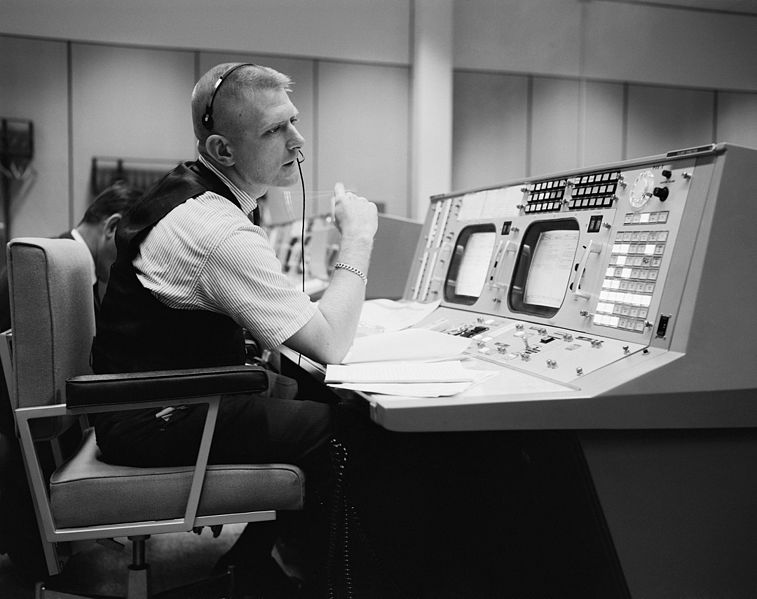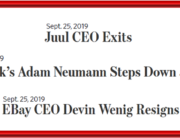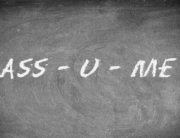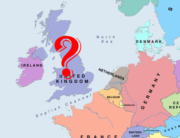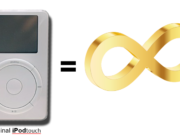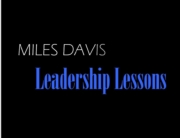The president of a local company (and now a client) initially said to me: “I’d like to work with you but taking that time would be taking me off-mission.” That is not the first owner who expressed concern about going “off-mission” and letting things lapse back at the office. This always leads into a discussion on the different meanings or uses of “mission”: the standard or military definition versus when paired with the word “statement”.
When we hear the word “mission”, most of us equate it’s meaning to what we see in the movies which is a standard dictionary definition: “A specific task with which a person is charged. A definite military, naval or aerospace task.” In this definition, the person is solely focused on a single task. But who decides what that task is? In the military it is up to the commanding officer. In business it is ultimately the owner who makes that decision. But what if you are the owner? How do you decide what tasks need to done and in what order? This is when you rely on “mission’s” other definition or use.
According to the SBA, “the mission statement is a brief statement about who the company is and what it stands for.… [T]he real intent of a mission statement should be to succinctly describe the purpose of the business.” In other words, the mission statement is the company’s guidepost by which you, the owner, decide what tasks need to be done and their priority.
To illustrate these differences in meaning and use, I like using the example of going out for a long car drive. Let’s say you want to enjoy a beautiful weekend day by taking your Alfa Romeo convertible for a drive. You could spend hours driving around with no idea of where you’ll end up. And that’s OK because your mission is to enjoy the day (and the car). But, if you have somewhere to be, you will need to clearly define your final destination; otherwise driving around in circles eventually gets very frustrating. A company’s mission statement defines that final destination. (In reality, it is the mission statement along with the vision statement defining this final definition but I’ve only emphasized the former so I could use the article’s catchy title.)
This analogy is also useful in understanding the lifecycle of a company. Many small startups are analogous to a drive through the county: Just like the opportunistic driver may turn at the intersection simply because it is there, the startup often responds to every opportunity for a sale without hesitation. However, if that company wants to move out the startup phase, the owner(s) must determine and articulate what its future look likes. This is the purpose and benefit of a company’s mission statement. (And profitably alone does not define moving out of the startup phase. I’ve seen many a profitable company where operations are as chaotic as any startup. Defining and creating the additional systems and structure needed to move beyond the startup phase increases profitably while reducing stress and frustration.)
Conclusion
It all comes down to the old adage: Are you working in your business instead of on it? The company president who is now a client decided to do the latter: He went “off-mission” from his day-to-day tasks and, with a little guidance, developed a mission statement and vision statement for his business. With these in place, the company’s path became clear and he has already seen the value with increased profitability and decreased stress.

